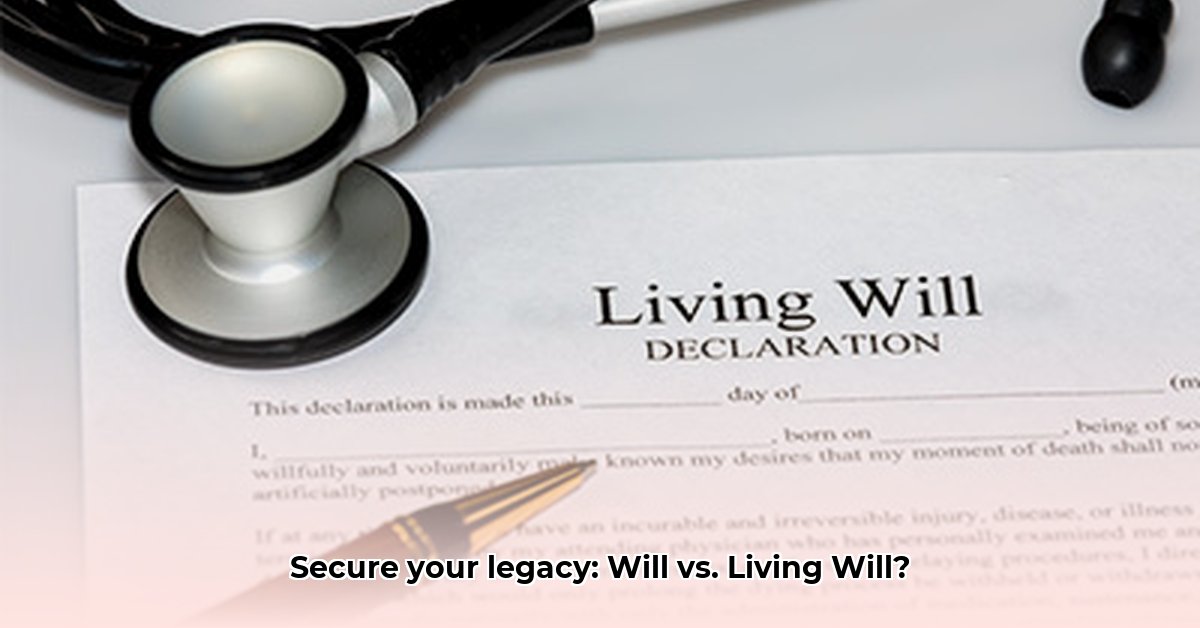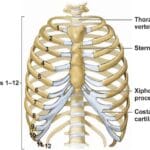Planning for the future, especially concerning healthcare and asset distribution, is paramount. Two crucial documents, often misunderstood, are essential for this process: the living will and the last will and testament. This guide provides clarity on these documents, empowering you to make informed decisions and secure your legacy.
Understanding the Living Will (Advance Healthcare Directive)
A living will, or advance healthcare directive, outlines your medical care preferences should you become incapacitated and unable to communicate. This document ensures your autonomy over medical interventions, even when you can’t speak for yourself. It covers critical decisions like life support, pain management, organ donation, and preferred treatment options. A living will relieves your loved ones of the immense burden of making these difficult choices during an already stressful time. It provides clear direction to healthcare professionals, ensuring your wishes are respected. Consider scenarios like sudden accidents or debilitating illnesses – a living will guarantees your voice is heard.
Understanding the Last Will and Testament
A last will and testament dictates the distribution of your assets after your passing. This legal document encompasses everything from bank accounts and real estate to personal belongings and digital assets. It allows you to name an executor to manage your estate and appoint guardians for minor children. A well-drafted last will is crucial for preventing family disputes and ensuring your possessions are distributed according to your intent. Without a last will, state intestacy laws determine asset distribution, which may not align with your wishes. A last will provides the legal framework for a smooth transfer of your estate, minimizing potential complications for your beneficiaries.
Key Differences: Living Will vs. Last Will
| Feature | Living Will | Last Will |
|---|---|---|
| Purpose | Guides medical decisions when incapacitated. | Distributes assets after death. |
| Scope | Focuses solely on medical care. | Covers all assets: property, finances, personal items, digital. |
| Effective When | While alive but unable to communicate. | After death. |
| Revocability | Can be changed or revoked while competent. | Can be changed or revoked while competent. |
Why Both Documents Are Essential
Having both a living will and a last will ensures comprehensive estate planning. These documents work together to cover your healthcare preferences during your life and the distribution of your assets after your passing. This holistic approach provides peace of mind for you and your loved ones, preventing potential conflicts and legal complications. These documents offer a sense of control and security, knowing your wishes will be honored in various circumstances.
Creating Your Estate Plan: A Step-by-Step Guide
Self-Reflection: Identify your values, wishes, and legacy goals. Consider your healthcare preferences and how you want your assets distributed. Discuss these with your loved ones for clarity and understanding.
Professional Consultation: Seek guidance from an estate planning attorney. They can provide personalized advice, ensure your documents comply with state laws, and address complex family situations. They can also recommend other estate planning tools, such as trusts or powers of attorney, tailored to your needs.
Document Creation: Work with your attorney to draft your living will and last will, clearly outlining your wishes in detail. Be specific about medical treatments, asset beneficiaries, and guardianship designations.
Regular Review and Updates: Life changes – marriage, divorce, birth of a child, acquisition of significant assets – necessitate periodic review and updates to your estate plan. Ensure your documents accurately reflect your current circumstances and wishes.
Addressing Digital Assets in Your Estate Plan
In today’s digital age, online accounts, social media profiles, and digital files constitute a significant portion of your legacy. Your estate plan should include clear instructions for managing these digital assets. Specify who inherits them, how they can access them, and what actions should be taken (e.g., memorialization, deletion). Failing to address digital assets can lead to complications for your loved ones and potential loss of valuable information or sentimental content.
Advanced Estate Planning for Blended Families
Blended families require particularly careful consideration in estate planning. Open communication within the family is crucial for preventing future conflicts. Clearly define asset distribution to children from previous marriages and current spouses. Legal instruments like trusts can provide greater control over asset distribution and protect the interests of all family members. Consulting an estate planning attorney specializing in blended families is highly recommended to navigate these complexities and create a plan that reflects your wishes and minimizes potential disputes.
- Unlock Filipino Culture: A Deep Dive into Traditions and Practices - April 23, 2025
- Unlock Spanish Culture: Insights & Opportunities Now - April 23, 2025
- White Spirit Uses & Substitutes: A Deep Dive for Pros & DIYers - April 23, 2025
















